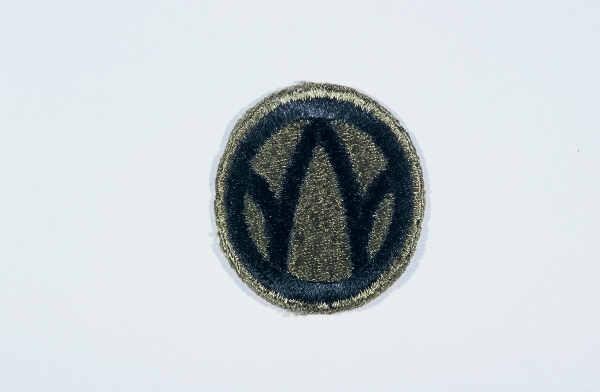
The 89th Infantry Division during World War II
In 1985, the United States Holocaust Memorial Museum and the US Army Center of Military History began a program to honor US Army divisions that took part in the Allied liberation of Nazi camps. The US Army Center of Military History defines a liberating division as one whose official records show its presence at a camp within 48 hours of the first soldier’s arrival. The 89th Infantry Division is among the 36 US divisions that have been recognized to date.
Key Facts
-
1
US, British, Soviet, and Canadian troops encountered concentration camps and other sites of Nazi crimes as they advanced across Europe in 1944 and 1945.
-
2
The Allied soldiers liberated sick and starving camp prisoners from Nazi tyranny. They also provided them with food, clothing, and medical aid.
-
3
The United States Holocaust Memorial Museum and the US Army Center of Military History have recognized 36 US divisions for their role in the liberation of Nazi camps.
89th Infantry Division Campaigns during World War II
Formed in 1917, shortly after the United States entered World War I, the 89th Infantry Division participated in several major military battles. In World War II, the "Rolling W" division landed in France in January 1945 and quickly advanced to the German front. In March 1945, it joined the Third Army's assault on the Rhineland, crossing the Sauer, Moselle, and Rhine rivers that same month. On April 8, the 89th captured the town of Eisenach and subsequently advanced farther into Thuringia and into neighboring Saxony, where it took the city of Zwickau on April 18, 1945.

The 89th Infantry Division and the Liberation of Ohrdruf
On April 4, 1945, the 89th overran Ohrdruf, a subcamp of the Buchenwald concentration camp. Ohrdruf was the first Nazi concentration camp liberated by US troops in Germany. A week later, on April 12, Generals Dwight D. Eisenhower, George S. Patton, and Omar Bradley visited Ohrdruf to see, firsthand, evidence of Nazi atrocities against concentration camp prisoners.
Recognition as a Liberating Unit
The 89th Infantry Division was recognized as a liberating unit by the US Army's Center of Military History and the United States Holocaust Memorial Museum in 1988.
89th Infantry Casualty Figures
Casualty figures for the 89th Infantry Division, European theater of operations:
- Total battle casualties: 1,029
- Total deaths in battle: 325
89th Infantry Division Nickname
The 89th Infantry Division's nickname, the "Rolling W," is based on the division's insignia. Created during World War I, this insignia utilized a letter "M" inside a wheel. When the wheel turns, the "M" becomes a "W." The letters "MW" signify the Midwest origin of the troops who formed the 89th during World War I. The division was also known as the "Middle West" division, another variation on its origin.

Critical Thinking Questions
What challenges did Allied forces face when they encountered the camps and sites of other atrocities?
What challenges faced survivors of the Holocaust upon liberation?

